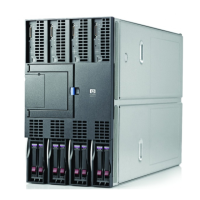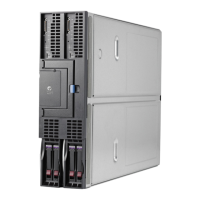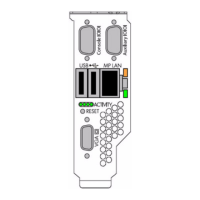Table 4-7 Redundancy mechanism comparison chart (continued)
√Detects good ports versus best ports
√√√√Mechanism can be manually disabled
Failover Events
Link Loss When a network port is a member of a team and loses
physical link (in other words, wire fault, lost link light),
the teaming driver prevents the port from being used by
the team. If this port is in use by the team, the team
recovers from the failure based on the port’s role in the
team (Primary or Non-Primary) and the team’s mode (NFT,
TLB, or SLB). If this was the last available team member
in the team, then the team would fail.
Heartbeats (Receive and Transmit
Validation)
The use of heartbeat frames for teamed port failovers was
designed to detect network port communication failure
even in cases when it maintained physical link. Special
heartbeat frames are transmitted and received by teamed
ports to validate the transmit and receive paths of each
individual port. When a heartbeat frame is transmitted by
one teamed port but not received by another teamed port,
the teaming driver assumes that one of the ports is having
a communications problem. If the Primary port in an NFT
or TLB team experiences a failover event, a failover will
occur to a functional non-Primary port.
Heartbeat frames were not designed to monitor networking
failures such as loss of connectivity between switches, or
loss of client connectivity.
Active Path As an Advanced Redundancy mechanism, Active Path is
used to choose which teamed ports have validated
connectivity with the important network segment (by
testing communication with the designated Echo Node).
Whenever a teamed port loses connectivity with the Echo
Node while other teamed ports maintain connectivity with
the Echo Node, the teamed port is considered to be in an
Active Path Failed state. If the teamed port is the team’s
Primary port, a failover will occur and another teamed
port with validated connectivity to the Echo Node will
assume the role of Primary port.
If all teamed ports lose connectivity with the Echo Node,
no failover will occur since no teamed port is better than
another in regards to the Active Path mechanism. The team
will operate as if Active Path was not enabled except that
all teamed ports will be labeled as Active Path Degraded
and the team will be in a degraded state.
Fast Path Fast Path, another advanced redundancy mechanism, is
used to validate that all teamed ports have connectivity
with the important network segment by monitoring for
connectivity to the best root switch. The best root switch
is based on the IEEE 802.1D specification that says the
bridge (in other words, switch) with the lowest bridge ID
is the preferred root Fast Path also can choose the best
Types of HP Integrity Network Adapter Teams 55

